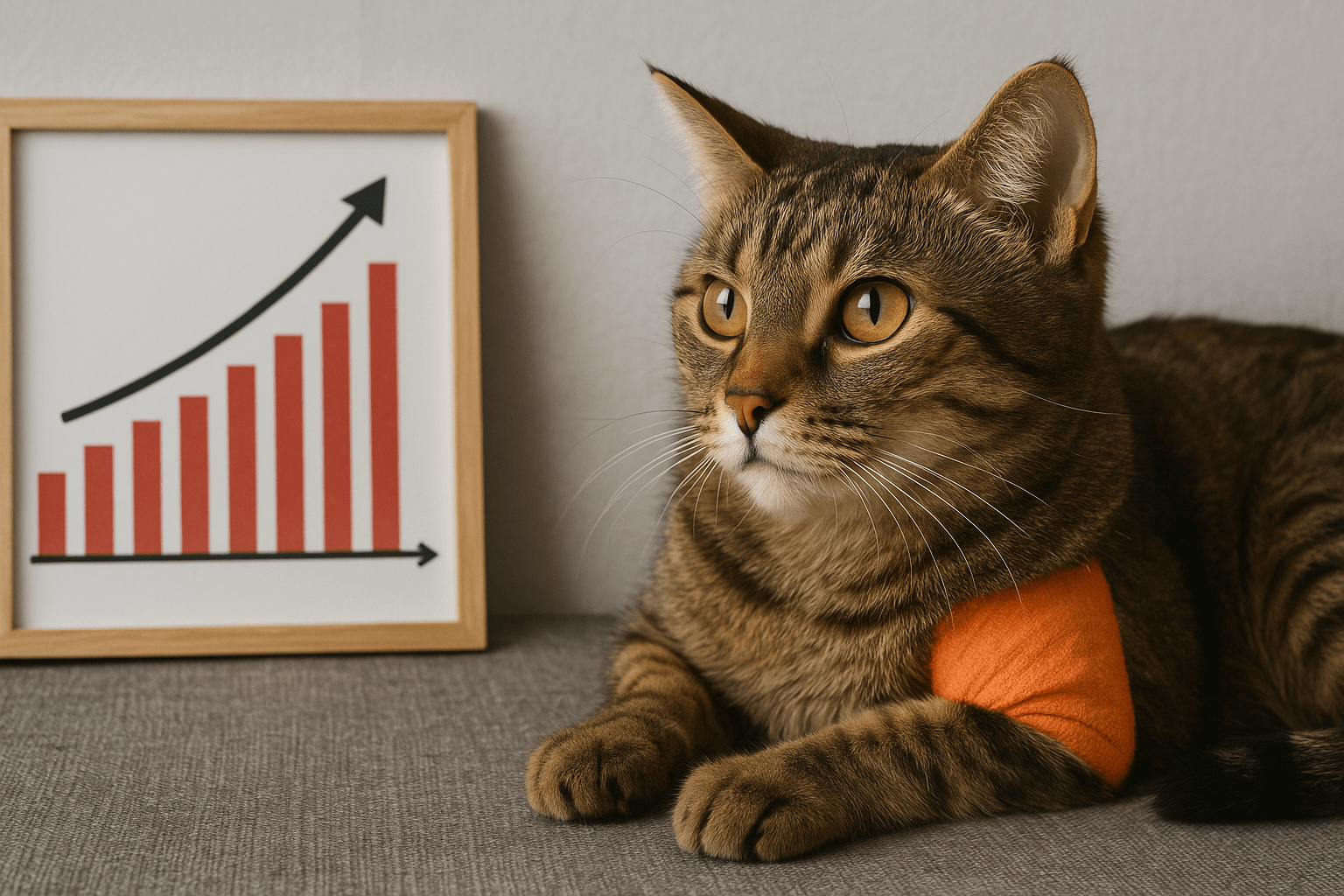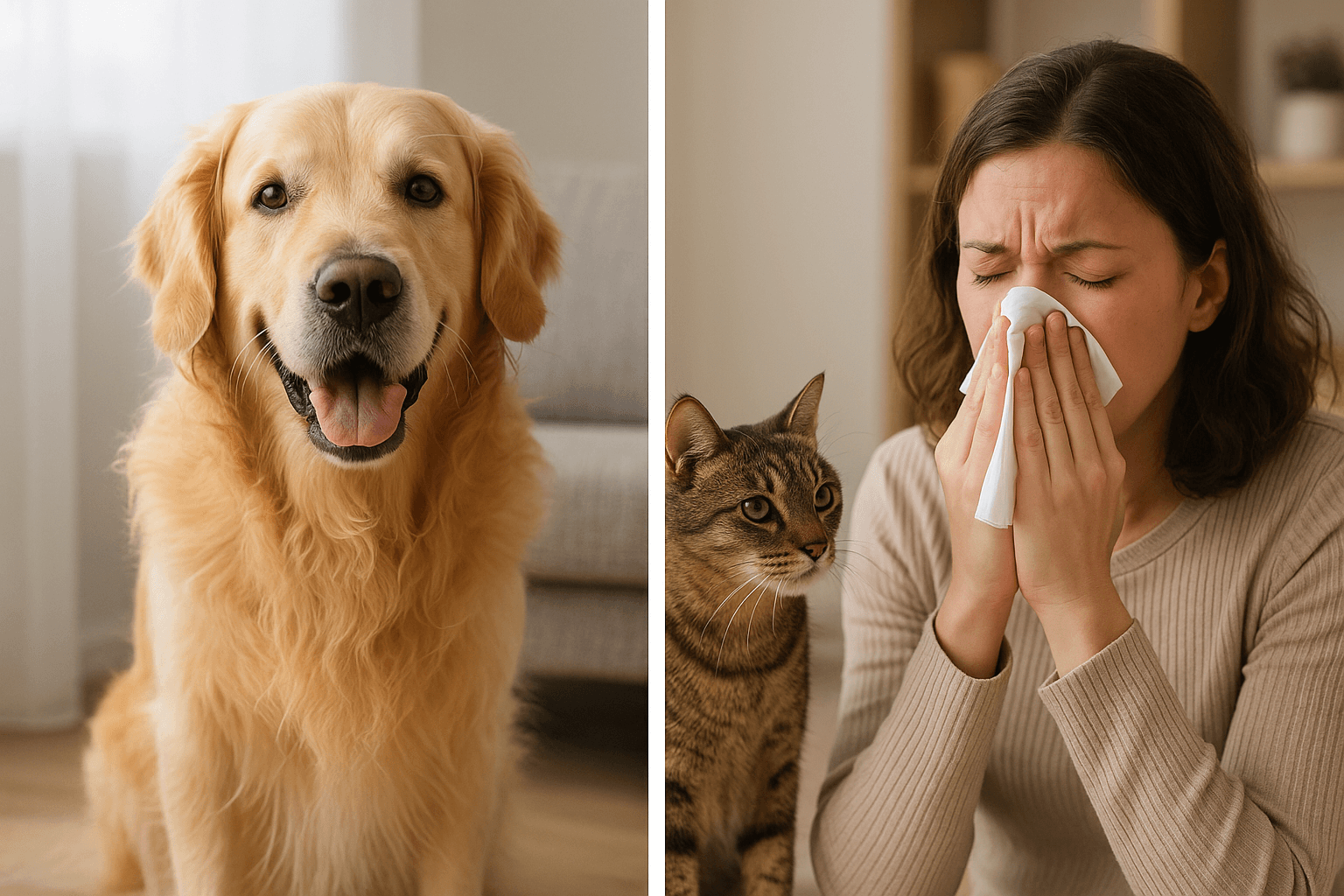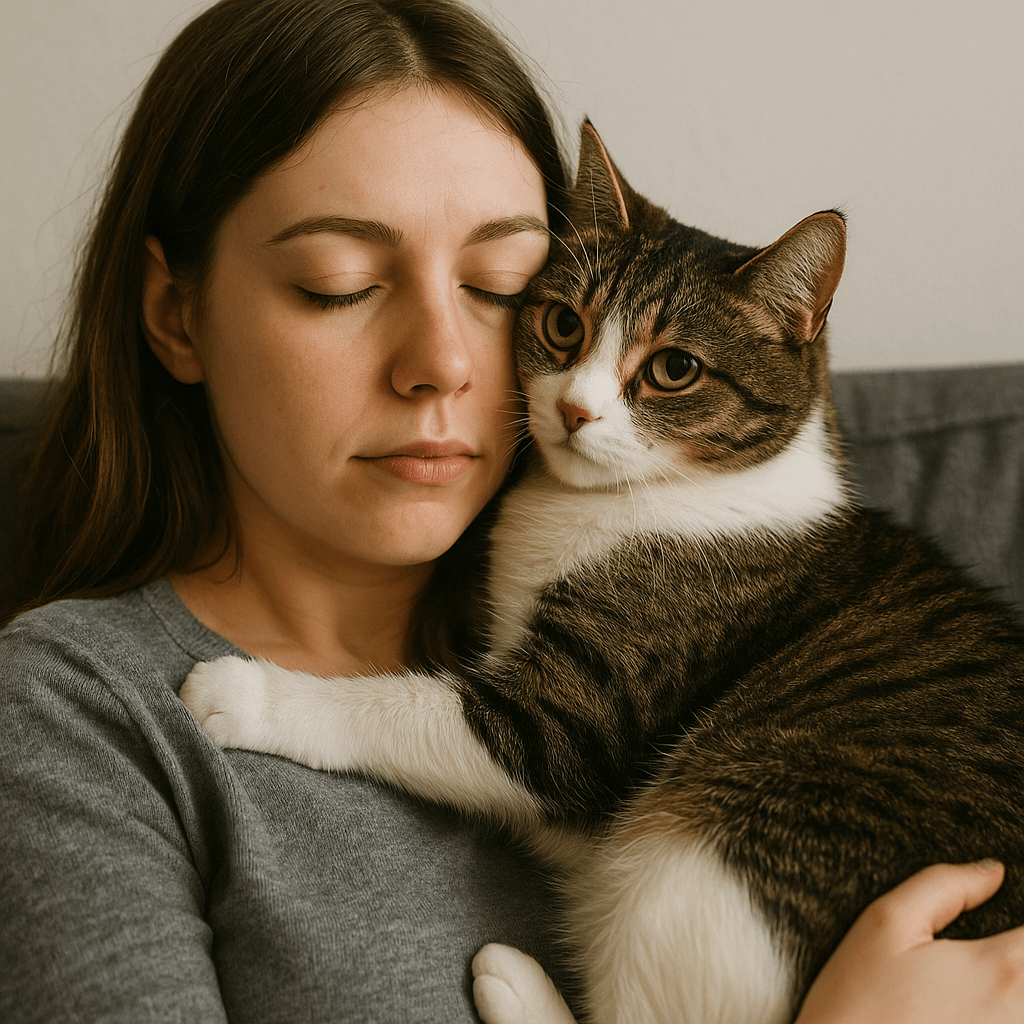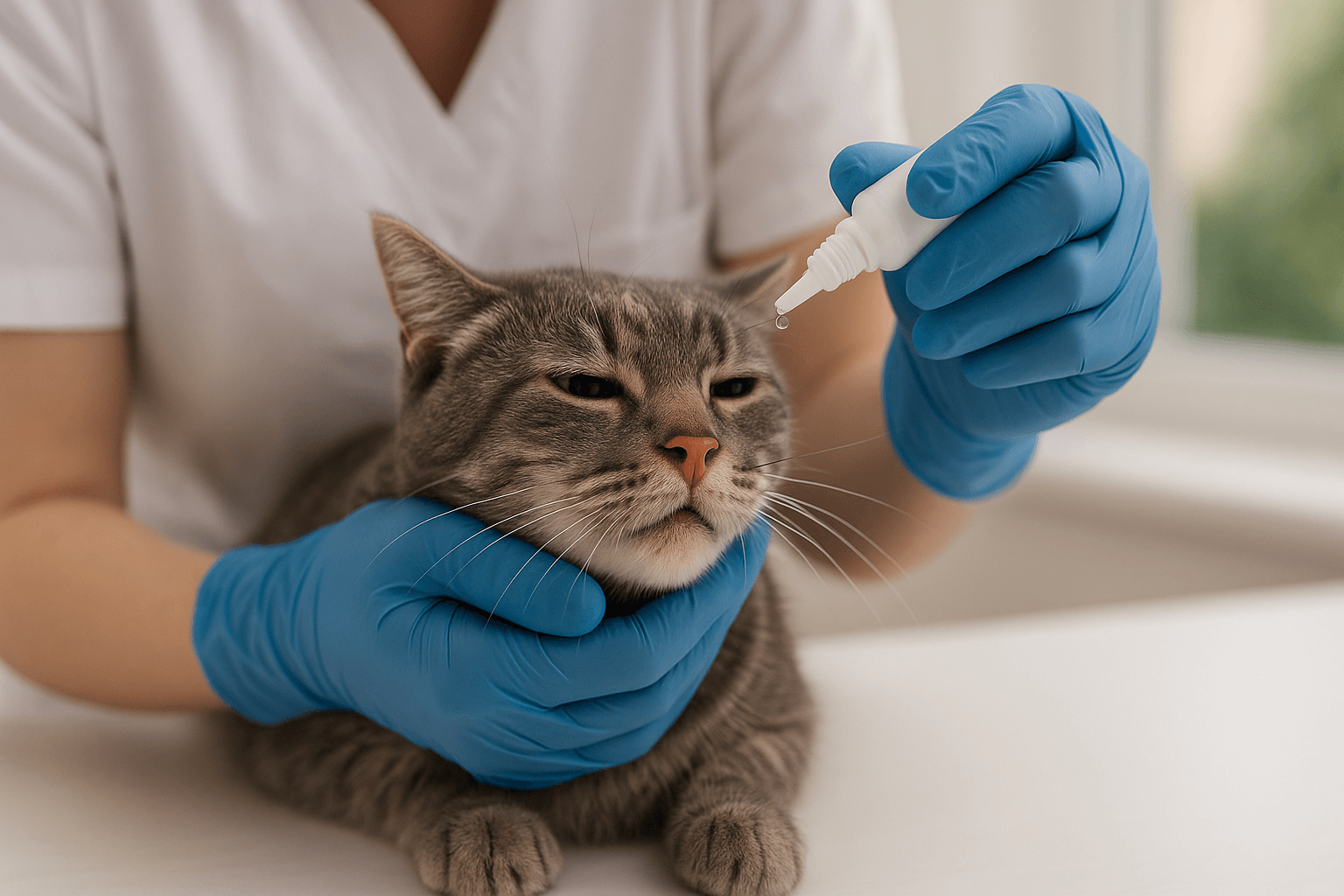Can Cats Eat Cake? What You Need to Know
Cats are curious creatures, and it’s not uncommon for them to show interest in the foods we enjoy, including cake. Whether it’s a slice of birthday cake left on the counter or a crumb dropped on the floor, you might wonder if it’s safe to share this sweet treat with your feline friend. While cake may seem harmless, certain ingredients can pose risks to cats’ health. Understanding what makes cake potentially dangerous—and how to handle your cat’s curiosity—will help you make informed decisions about their diet. In this blog post, we’ll explore everything you need to know about feeding cake to cats, from potential dangers to safer alternatives.
Potential Risks of Feeding Cake to Cats
While an occasional nibble might not always cause harm, cake contains several ingredients that can be problematic for cats. Here are some key risks to consider before sharing cake with your pet.
High Sugar Content:
Cats lack the ability to taste sweetness, but excessive sugar can still lead to obesity, diabetes, and dental issues over time.Dairy Products:
Many cakes contain milk, butter, or cream, which can upset a cat’s stomach since most adult cats are lactose intolerant.Chocolate:
Chocolate contains theobromine and caffeine, both of which are toxic to cats and can cause symptoms like vomiting, diarrhea, and even seizures.Artificial Sweeteners:
Ingredients like xylitol, often found in sugar-free cakes, are highly toxic to cats and can lead to severe health complications.Rich or Fatty Ingredients:
Foods high in fat can upset a cat’s digestive system, leading to pancreatitis or other gastrointestinal issues.
These risks highlight why cake is best avoided as a treat for cats. Always prioritize their health over indulging their curiosity.
Alternative Treats That Are Safe for Cats
If your cat shows interest in cake, there are plenty of safer alternatives that satisfy their cravings without compromising their health.
Plain Cooked Meat:
Small pieces of cooked chicken, turkey, or beef (without seasoning) make excellent protein-rich treats.Catnip-Based Snacks:
Catnip-infused treats or toys provide mental stimulation and a fun reward for your furry friend.Freeze-Dried Liver or Fish:
These snacks are packed with nutrients and mimic the flavors cats naturally love.Homemade Cat Treats:
Simple recipes using ingredients like pumpkin puree or oats can be tailored to your cat’s dietary needs.Fruit in Moderation:
Small amounts of cat-safe fruits like blueberries or watermelon (seedless) offer a sweet yet healthy option.
By offering these alternatives, you can keep your cat happy and healthy while avoiding harmful ingredients found in cake.
Check this guide 👉Can Cats Eat Sour Cream? Best 7 Expert Tips!
Check this guide 👉Can Cats Eat Brussels Sprouts? Best 7 Expert Tips!
Check this guide 👉Can Cats Eat Arugula? Best 7 Expert Tips!
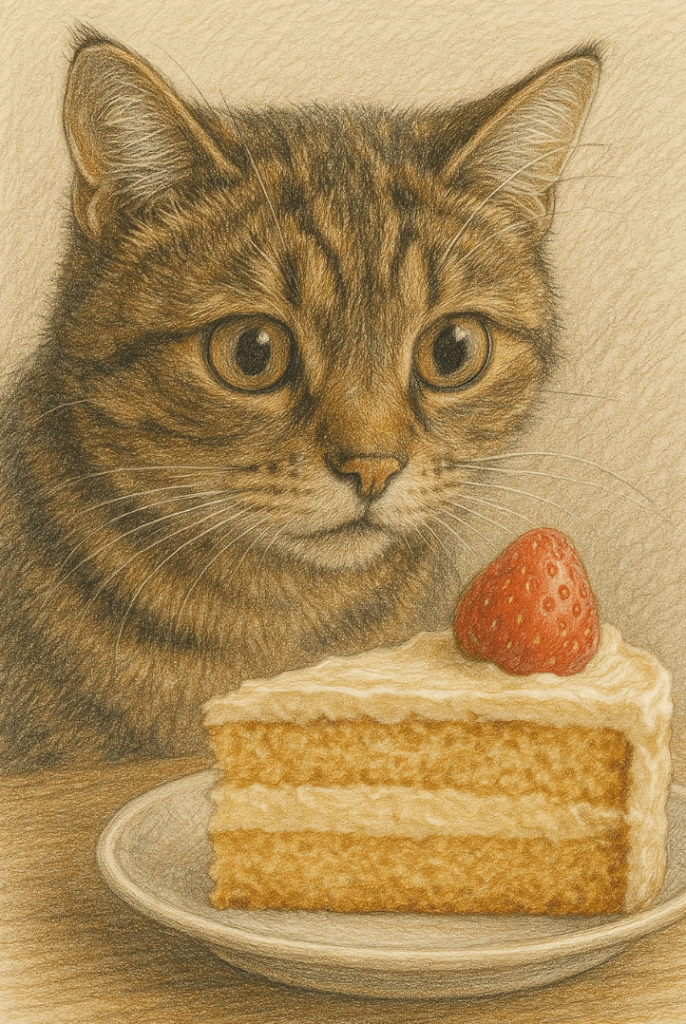
Ingredients in Cake That Harm Cats | Safer Alternatives for Cats |
|---|---|
Chocolate | Plain cooked meat |
High sugar content | Freeze-dried fish or liver |
Dairy products | Catnip-based snacks |
Artificial sweeteners (xylitol) | Homemade cat-safe treats |
Rich, fatty components | Small portions of cat-safe fruits |
Signs Your Cat May Have Eaten Cake
If your cat sneaks a bite of cake—or worse, consumes a large amount—it’s important to watch for signs of distress. Recognizing these symptoms allows you to act quickly if needed.
Vomiting or Diarrhea:
Digestive upset is one of the first signs that your cat has eaten something they shouldn’t have.Lethargy or Weakness:
These symptoms could indicate poisoning, especially if chocolate or artificial sweeteners were involved.Increased Thirst or Urination:
A sudden change in hydration habits may signal the onset of diabetes-related issues from sugar consumption.Pawing at the Mouth:
This behavior could suggest irritation from dairy or discomfort caused by unfamiliar textures.Difficulty Breathing:
If your cat consumed chocolate, respiratory distress may occur due to theobromine toxicity.
Recognizing these signs early ensures prompt veterinary care if necessary, protecting your cat’s well-being.
How to Prevent Your Cat from Eating Cake
Preventing accidental ingestion of cake requires proactive measures and clear boundaries. Here are some strategies to keep your cat safe around human food.
Store Food Out of Reach:
Keep cakes and desserts in sealed containers or on high shelves where your cat cannot access them.Supervise During Celebrations:
Pay close attention during parties or events where cake is served to ensure your cat doesn’t sneak a bite.Teach “Leave It” Commands:
Training your cat to respond to verbal cues helps prevent unwanted snacking on harmful foods.Provide Distractions:
Offer engaging toys or activities to redirect your cat’s attention away from tempting treats.Educate Family Members:
Make sure everyone in your household understands the importance of keeping cake and other unsafe foods away from your cat.
Taking these precautions minimizes the risk of your cat accidentally consuming harmful ingredients.
Common Mistakes to Avoid When Feeding Human Food to Cats
Feeding human food to cats requires careful consideration to avoid mistakes that could endanger their health. Here are some pitfalls to steer clear of.
Assuming All “Natural” Foods Are Safe:
Just because a food is natural doesn’t mean it’s safe for cats; many fruits, vegetables, and seasonings are toxic.Ignoring Portion Sizes:
Even safe foods can cause problems if given in excess, leading to weight gain or nutrient imbalances.Feeding Leftovers Without Checking Ingredients:
Many leftovers contain hidden hazards like garlic, onions, or excessive salt, which are harmful to cats.Not Consulting Your Vet First:
Always seek professional advice before introducing new foods into your cat’s diet.Rewarding Begging Behavior:
Giving in to begging reinforces undesirable behavior and encourages future attempts to steal food.
Avoiding these mistakes ensures a healthier and happier relationship with your cat.
Healthier Ways to Celebrate Special Occasions with Your Cat
You don’t need cake to celebrate special moments with your cat. Here are some creative ways to include them in festivities safely.
Host a Playdate:
Dedicate extra time to interactive play sessions with feather wands or laser pointers to celebrate together.Prepare Homemade Cat Treats:
Whip up simple, cat-safe snacks using ingredients like tuna or pumpkin for a festive touch.Gift New Toys:
Surprise your cat with a new scratching post, puzzle feeder, or favorite toy as a celebration gift.Create a Cozy Spot:
Set up a cozy corner with blankets and cushions where your cat can relax and feel pampered.Capture Memories:
Take photos or videos of your cat enjoying their special day to cherish the moment forever.
These ideas allow you to celebrate without compromising your cat’s health.
Understanding Your Cat’s Curiosity Around Human Food
Cats are naturally curious animals, and their interest in human food stems from several factors. Understanding these motivations helps manage their behavior effectively.
Scent Attraction:
Strong aromas from baked goods like cake can intrigue cats, even if they can’t taste sweetness.Environmental Cues:
Seeing humans enjoy food prompts cats to investigate, driven by instinctual curiosity.Hunger or Boredom:
Sometimes, cats seek out human food because they’re hungry or bored, signaling a need for attention.Social Bonding Desire:
Cats may associate food-sharing with bonding, mimicking behaviors observed in multi-pet households.Exploratory Nature:
As hunters and explorers, cats are wired to investigate new objects and experiences, including unfamiliar foods.
By recognizing these triggers, you can better address your cat’s curiosity in a way that keeps them safe.
Frequently Asked Questions About Cats and Cake
Is it okay to give my cat a tiny piece of plain vanilla cake?
While small amounts of plain cake may not harm most cats, it’s best to avoid it altogether due to sugar and potential dairy content.
What should I do if my cat eats chocolate cake?
Contact your veterinarian immediately, as chocolate is toxic to cats and requires professional intervention.
Can kittens eat cake?
Kittens are more vulnerable to digestive issues and toxins, so cake should never be given to them under any circumstances.
Are there any types of cake that are safe for cats?
No, all cakes typically contain ingredients that are unhealthy or harmful to cats. Stick to species-appropriate treats instead.
Why does my cat beg for cake?
Cats are naturally curious and drawn to new scents and textures—they may not understand that cake isn’t good for them.
Prioritizing Your Cat’s Health Over Temptation
While it might be tempting to share a bite of cake with your cat, doing so can jeopardize their health and well-being. From toxic ingredients like chocolate to high levels of sugar and fat, cake poses significant risks that far outweigh any momentary enjoyment it might bring. By understanding these dangers and providing safer alternatives, you can ensure your cat stays happy, healthy, and satisfied. Remember, your feline companion relies on you to make the best dietary choices for them—so always prioritize their safety above all else.
Cat Liver Disease Survival Rate: Best 7 Expert Tips! Discover expert advice on improving outcomes, treatment options, and care strategies for cats with liver disease. Learn how to support your feline friend today.
Dog vs Cat Allergies: Best 7 Expert Tips! Discover expert advice on managing pet allergies, reducing symptoms, and finding the perfect furry companion for your home.
My Cat Has Attachment Issues: Best 7 Expert Tips! Discover expert advice on understanding and addressing cat attachment issues to build a stronger, healthier bond with your feline friend.
Cat Runny Nose Treatment: Best 7 Expert Tips! Discover effective remedies and veterinary advice to soothe your cat’s nasal discomfort and ensure a speedy recovery.


